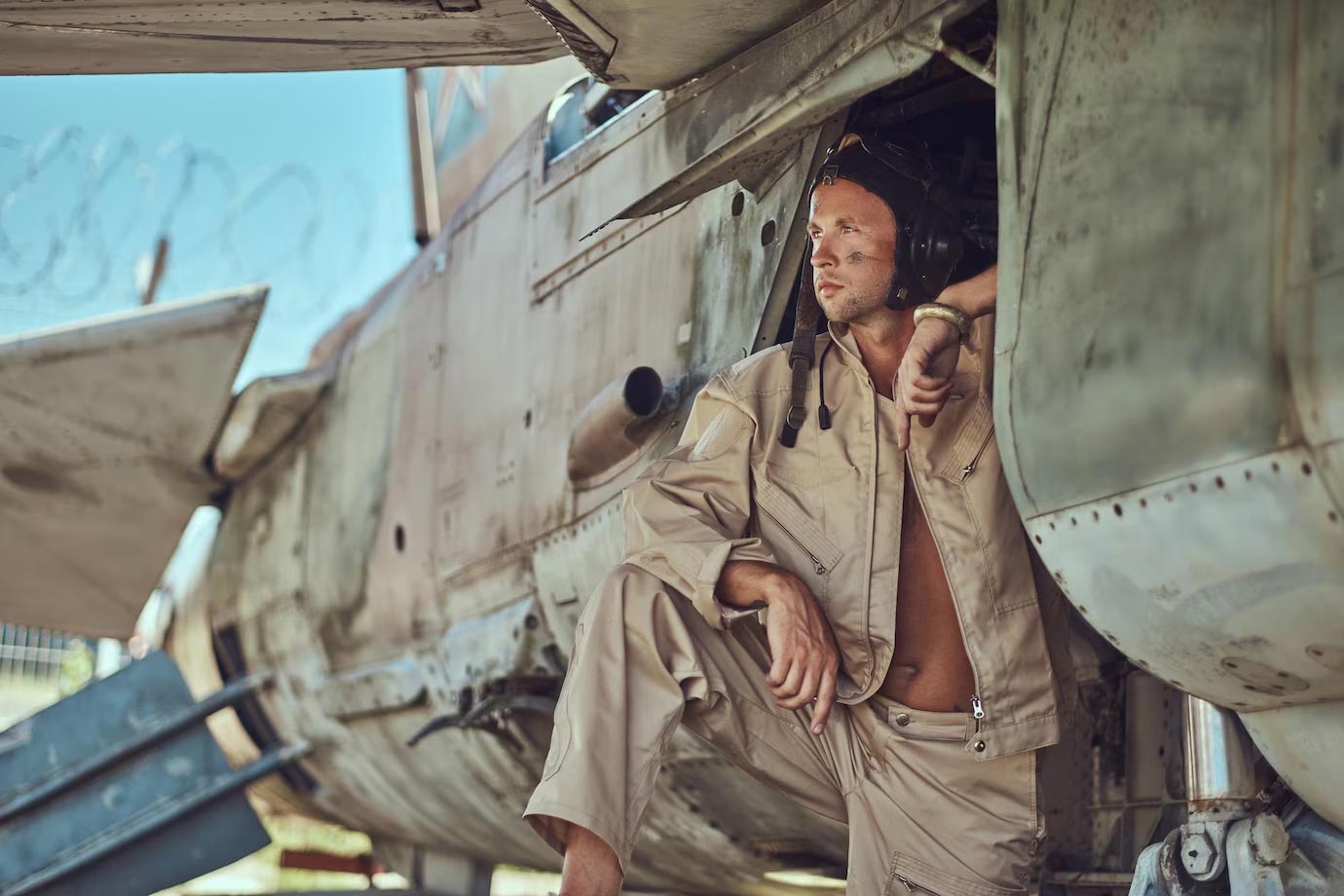Exploring the Interior of the C-17 Globemaster III
The C-17 Globemaster III is a versatile military transport aircraft. It serves a crucial role in airlifting troops and cargo across the globe. The interior is designed to accommodate multiple configuration needs efficiently.
The Layout and General Design
The C-17 interior is spacious to facilitate its primary transport duties. It boasts a large fuselage that measures approximately 88 feet in length, allowing ample space for various cargo types. The aircraft features a rear-loading ramp, which enables easy loading and unloading of equipment and vehicles.
The cargo compartment is the centerpiece of the C-17’s interior design. It can hold about 170,900 pounds of cargo. This space is highly adaptable, supporting different missions such as troop transport, medical evacuation, and cargo hauling.
Capabilities and Configurations
One of the C-17’s strengths is its ability to change configurations depending on mission needs. The aircraft can carry a combination of vehicles and troops or be set up for humanitarian missions. It is capable of transporting vehicles such as the Bradley Fighting Vehicle, transport containers, and even a Black Hawk helicopter.
- Standard cargo loading utilizes restraint rails and quick-change pallets. These allow rapid adjustments to fulfill various mission demands.
- Seating can accommodate 102 paratroopers. The seats are arranged along the length of the cargo bay, offering ease of deployment.
- For aeromedical evacuation, it supports installation of up to 36 litter patients and 54 ambulatory patients.
Technology and Features
The C-17 incorporates several advanced technologies to enhance efficiency and safety. Its interior is equipped with a state-of-the-art cargo handling system. This helps in automatic leveling in rough conditions, ensuring optimal load distribution and stability.
Additional features include:
- Advanced avionics: Integrated systems provide navigation, communication, and situational awareness.
- Environmental control system: Keeps cabin conditions suitable for personnel and equipment, regardless of external weather conditions.
- Navigational capabilities: The avionics package includes GPS, onboard computer, and radar for safe and accurate flight paths.
The Cockpit and Crew Area
The cockpit is equipped with cutting-edge technology to assist the crew. The flight deck has airliner-style instrumentation. Its layout improves operation efficiency, especially during demanding missions. There are seats for the pilot, copilot, and loadmaster. Additionally, there is an observer seat behind the copilots.
Featuring a fly-by-wire control system, the cockpit design reduces pilot workload. It integrates flight controls into an electronic interface. This technology enhances response time and precision during flight operations. The cockpit’s digital displays provide critical flight information at a glance, further aiding pilots in decision-making.
Crew Rest Facilities
The importance of crew endurance during long-haul missions requires careful consideration of rest facilities. The C-17 provides a basic rest station behind the flight deck compartment. It contributes to the crew’s effectiveness on extended missions.
This area includes bunks for resting, and a small electrical kit for food warming. While simplistic, these amenities allow the crew to carry out sustained operations efficiently, helping maintain readiness throughout lengthy deployments.
The Role of the Loadmaster
The loadmaster is a critical crew member responsible for managing cargo operations. They ensure that cargo is loaded and secured according to specifications. Proper load distribution is crucial for stability and performance.
Loadmasters use the onboard loadmaster computer system. This assists in calculating the best weight distribution for various missions. Their role extends to pre-flight checks, air loading, air deliveries, and maintaining cargo security in-flight.
Addition of Special Forces Capacity
Beyond conventional transport roles, the C-17 is also configured to support special operations. This includes airdropping troops and supplies into hostile territory. Such missions demand precision airdrops to support forces on the ground.
- Enhanced parachute systems enable safe, low-level insertions.
- Night vision systems and infrared sensors aid in undisclosed operations.
- Rapid load and offload capabilities support tactical missions.
Interior Design for Humanitarian Efforts
The C-17 plays a major part in responding to humanitarian disasters. Its versatile interior can be configured to accommodate relief supplies and provide emergency evacuations. Key aspects for such operations include:
- Rapid reconfiguration to accommodate medical stations and relief personnel.
- Ample space to transport food, tents, and medical supplies.
- Capacity to set up a temporary hospital, complete with essential equipment for patient care.
Maintaining the Interior
Given the demanding operations it supports, maintaining the interior of the C-17 is paramount. Routine maintenance checks focus on ensuring the integrity of the cargo systems and avionics. Crews perform regular inspections and repairs of seating, cargo tie-downs, and environmental controls.
Logistics teams work diligently to replace worn parts and upgrade equipment as required. This upkeep helps avoid any operational risks, maintaining the aircraft’s readiness and safety.
Summary of the C-17 Interior
The interior of the C-17 Globemaster III reflects its role as a versatile transport aircraft. It supports diverse missions with an adaptable, well-thought-out design that maximizes cargo space and crew efficiency. From military operations to humanitarian relief, its configurable interior stands out as a vital component of its success.
